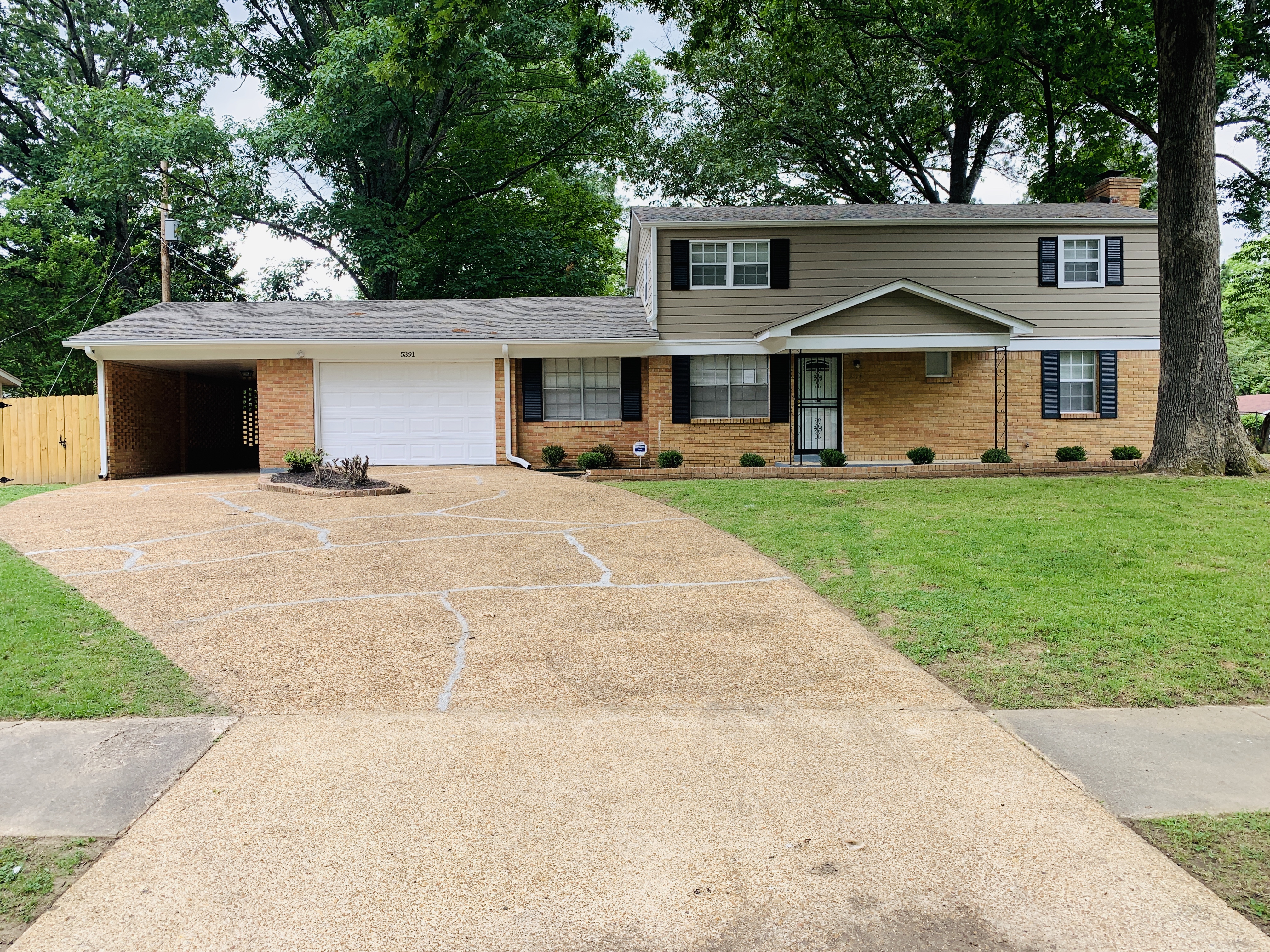 It should come as no surprise that the U.S. has long suffered from a housing shortage. This has been a trend for over a decade as the Great Recession effectively slashed construction activity in half. In the 2010s, the residential construction industry lost over 260,000 jobs. Firms closed or consolidated. New construction lagged, continued to lag, and could not compete with America’s pent-up housing demand.
It should come as no surprise that the U.S. has long suffered from a housing shortage. This has been a trend for over a decade as the Great Recession effectively slashed construction activity in half. In the 2010s, the residential construction industry lost over 260,000 jobs. Firms closed or consolidated. New construction lagged, continued to lag, and could not compete with America’s pent-up housing demand.
How does a housing shortage impact a real estate investor? Let’s talk about it.
The State of the U.S. Housing Shortage
NPR reports that there are fewer homes on the market now than there were in any year over the past forty years of recorded data. The primary consequence of this housing shortage has been soaring home prices across the nation. Record high median home prices defined 2020 and show no signs of slowing.
This lack of supply contributes to the overarching affordability problem. This long-standing inventory squeeze has long caused home prices to outpace wage growth. No matter how you shake it, a low inventory pushes up prices. The harder something is to get, the more expensive it becomes. While a healthy market typically holds a 4 to 6-month supply, we’ve seen significant markets with a supply of 3 months and under. In fact, Motley Fool reports that December 2020 gave us the lowest recorded supply at just 1.9 months.
The solution to restoring real estate market balance seems like it would be new construction. If we had more homes to meet demand, perhaps price growth would be more tempered. Unfortunately, it isn’t that simple.
Significant hurdles face the construction sector, including the increasing cost of building materials. Between a lack of skilled labor and supply line challenges, the construction industry isn’t behind for lack of trying.
Of course, COVID-19 only exacerbated the supply shortage. Many sellers pulled their listings from the market last Spring. Many continue to wait before re-listing. On top of early pandemic restrictions, this causes early real estate transactions to grind to a halt. In the meantime, demand continued to grow — further throwing the balance between supply and demand off-kilter.
3 Things Investors Must Be Aware Of
A Scarcity Mindset
A scarcity mindset is what caused toilet paper to disappear from store shelves for months at a time during 2020. It’s the notion that if you don’t act now, you’ll miss out on your chance. A scarcity mindset causes behaviors like hoarding and impulse-buying.
Believe it or not, you can fall prey to this mindset as a real estate investor. The feeling that you won’t find another deal or another property can lead to poor choices — whether you’re settling for a property that doesn’t quite meet your criteria or compromising during a bidding war. For the real estate investor, it’s key that we practice patience alongside our due diligence.
There will be opportunities in the future.
Older Home Opportunities
If you’re already a real estate investor, you’re in a pretty good spot right now. Housing demand is at an all-time high. That goes for rental properties, too! Through your efforts to renovate older homes and market them as rental properties, you help scratch that “new home itch” for residents that may not be able to compete in the market. Refreshing older inventory is a key strategy for investors. Not only can you satisfy existing demand, but an updated, well-kept property is sure to keep turnover low.
New construction isn’t the only solution to the housing shortage. Old properties made new, rental opportunities, and traditional home-selling all contribute to the balance of supply and demand.
Investment Markets
Inventory conditions will vary based on the market. While inventory is tight by-and-large, other markets may provide more affordable alternatives. Don’t be afraid to look beyond your local markets and urban centers. The suburbs are seeing a resurgence along with demand for single-family rentals. When there is a shortage of inventory, you will have to push your boundaries to discover the opportunities that are waiting for you! Less conventional secondary and tertiary markets have plenty to offer in times like these. Not only are the markets more affordable, but less heated competition helps you get your foot in the door while preserving your bottom line.
Defeat the housing shortage with REI Nation.
Build a world-class portfolio of curated single-family rentals!












